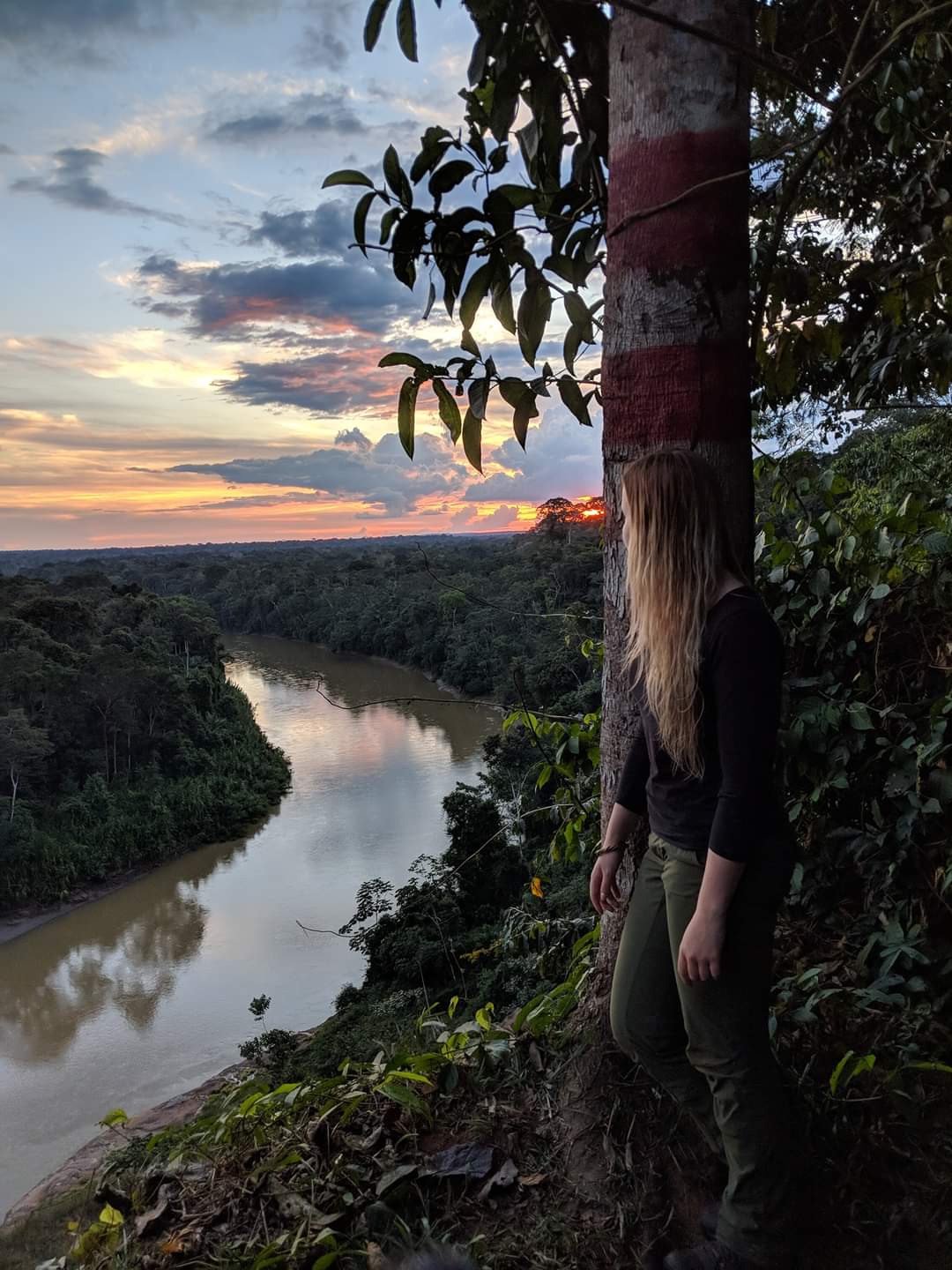Holly O’Donnell
Research Students
I first joined WildCRU in 2017 as a Post-Graduate Diploma “Panther” student. I was then awarded a Post-Panther scholarship which saw me join the Trans-Kalahari Predator Programme (TKPP) as a data assistant. Under the supervision of Prof Andrew Loveridge, I processed camera trap images of spotted and brown hyaena, assigning individual identities to the hyaena, from 2017 until 2020. In 2018 I was given the opportunity to join the TKPP team in the field for one month in Zimbabwe where I received training and first hand experience in the deployment of a large camera trap grid.
In 2020 I consulted full time on a project that was a collaboration between WildCRU and WildEye, a South African tech company that uses AI for conservation. I assisted in the testing and optimisation of an artificial intelligence driven photo tagging system for camera trap data, now called “TrapTagger”. In 2021 I joined the Amazon Center for Environmental Education and Research (ACEER) as their Director of Social Media and Marketing.
Prior to joining WildCRU I completed a BSc Hons in Zoology from the University of St Andrews in Scotland. After graduation I interned in Paraguay for 6 months before moving to the Peruvian Amazon where I worked as a mammal researcher, carrying out rapid assessment surveys and baseline data collection on medium and large mammal populations. I have been working on and off in the Madre de Dios region of southeastern Peru since 2015 and my DPhil fieldwork will also take place there.
The objective of my DPhil research is to understand the recovery of mammalian biodiversity in landscapes impacted by gold mining, and to inform ongoing ecological restoration. To meet this objective, I will conduct original research into patterns of land use by medium- and large-bodied mammals in naturally recovering and reforested landscapes degraded by different types of gold mining, and the implications of those patterns for the key process of seed dispersal. Understanding mammal populations in and around mining areas, particularly those which provide ecosystem services such as seed dispersal, will help us to assess the potential role of these mammals in reforestation.
Wide-ranging carnivores may play an important role in the recovery of degraded and fragmented areas, such as abandoned gold mines, and so I will explore the role of carnivores as secondary seed dispersers, in particular the jaguar (Panthera onca), puma (Puma concolor), and ocelot (Leopardus pardalis).
This research will inform reforestation management and strategies for optimising reforestation which can be applied more broadly to tropical forests.
Selected publications:
O’Donnell, H. (2020). First record of a short-eared dog scavenging on an armadillo carcass. Canid Biology & Conservation, 22(7), 25-28
Gush, W.G., Wijers, M.C., Comley, J., Sousa, L., O’Donnell, H., Svensson, L.M., Macdonald, D.W., & Loveridge, A.J. (2022). Camera traps reveal a large population of brown hyaena on a fenced reserve in southern Zimbabwe. African Journal of Ecology. ·
Kamler, J. F., Loveridge, A. J., O’Donnell, H., & Macdonald, D. W. (2020). Effects of humans and large carnivores on the survival of black‐backed jackals. African Journal of Ecology, 58(3), 557-562.
Loveridge, A. J., Sousa, L. L., Seymour-Smith, J., Hunt, J., Coals, P., O’Donnell, H., … & Macdonald, D. W. (2020). Evaluating the spatial intensity and demographic impacts of wire-snare bush-meat poaching on large carnivores. Biological Conservation, 244, 108504.
Selected Publications
O’Donnell, H. (2020). First record of a short-eared dog scavenging on an armadillo carcass. Canid Biology & Conservation, 22(7), 25-28
Gush, W.G., Wijers, M.C., Comley, J., Sousa, L., O’Donnell, H., Svensson, L.M., Macdonald, D.W., & Loveridge, A.J. (2022). Camera traps reveal a large population of brown hyaena on a fenced reserve in southern Zimbabwe. African Journal of Ecology. ·
Kamler, J. F., Loveridge, A. J., O’Donnell, H., & Macdonald, D. W. (2020). Effects of humans and large carnivores on the survival of black‐backed jackals. African Journal of Ecology, 58(3), 557-562.
Loveridge, A. J., Sousa, L. L., Seymour-Smith, J., Hunt, J., Coals, P., O’Donnell, H., … & Macdonald, D. W. (2020). Evaluating the spatial intensity and demographic impacts of wire-snare bush-meat poaching on large carnivores. Biological Conservation, 244, 108504.
-
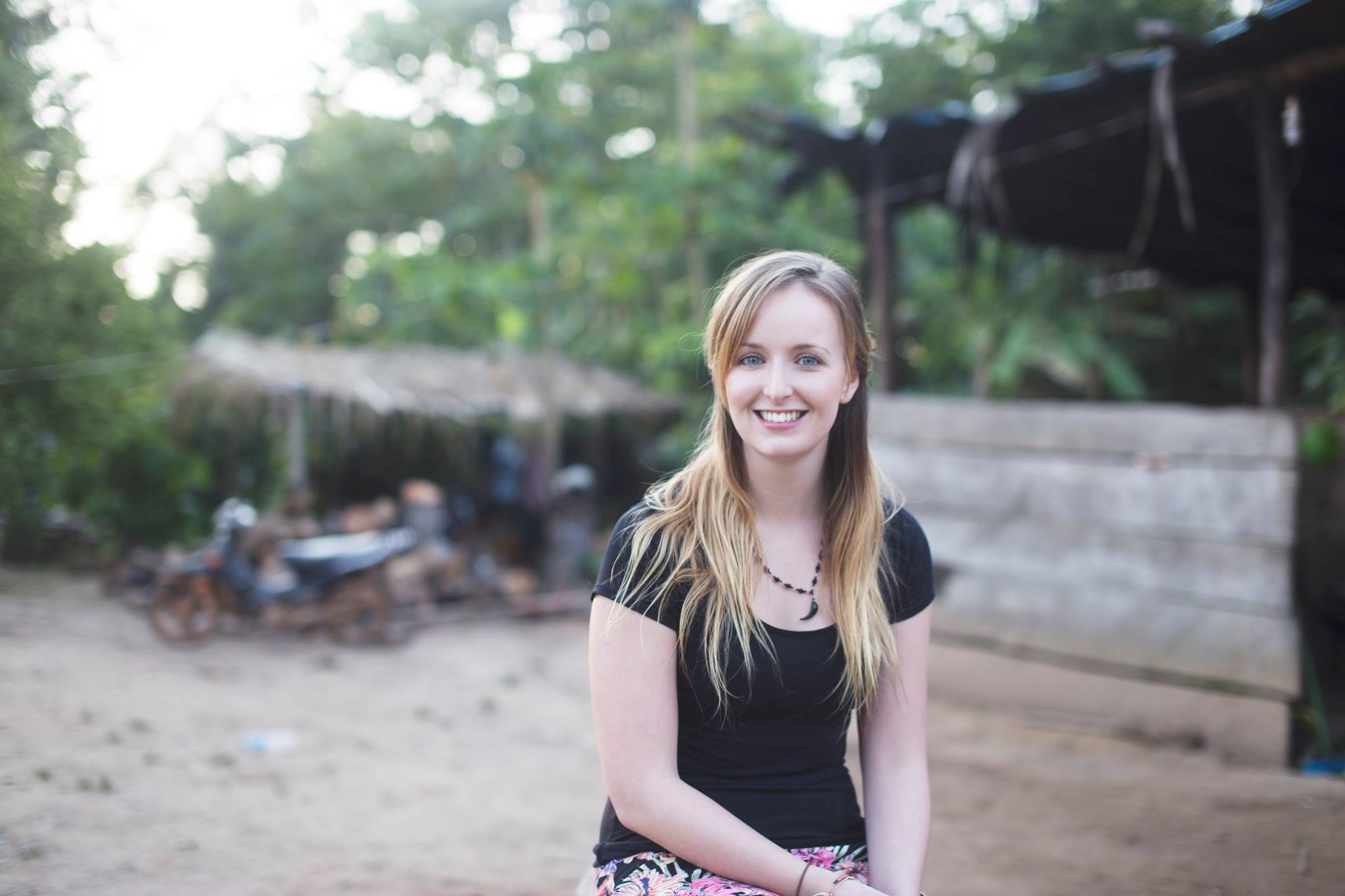 © Vinh Pham
© Vinh Pham -
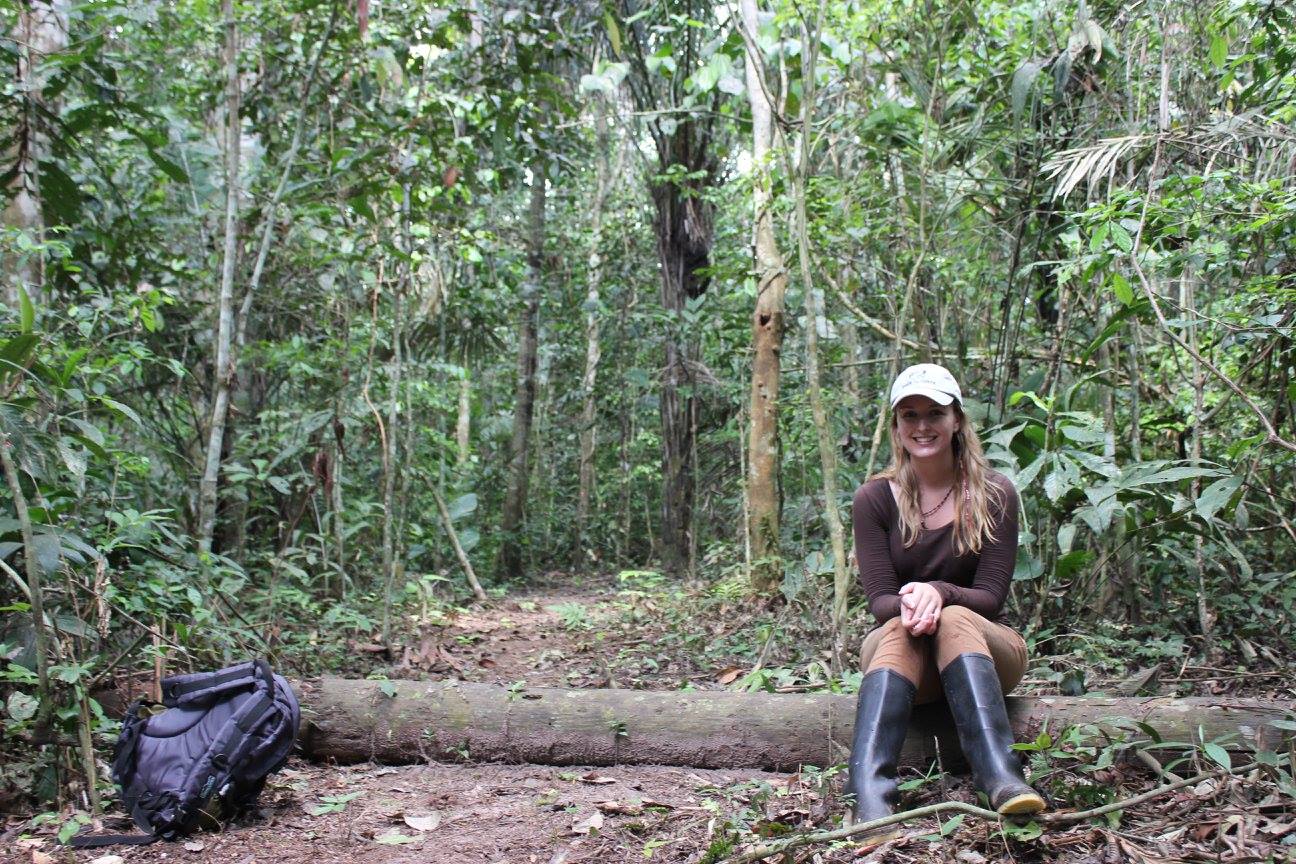
-
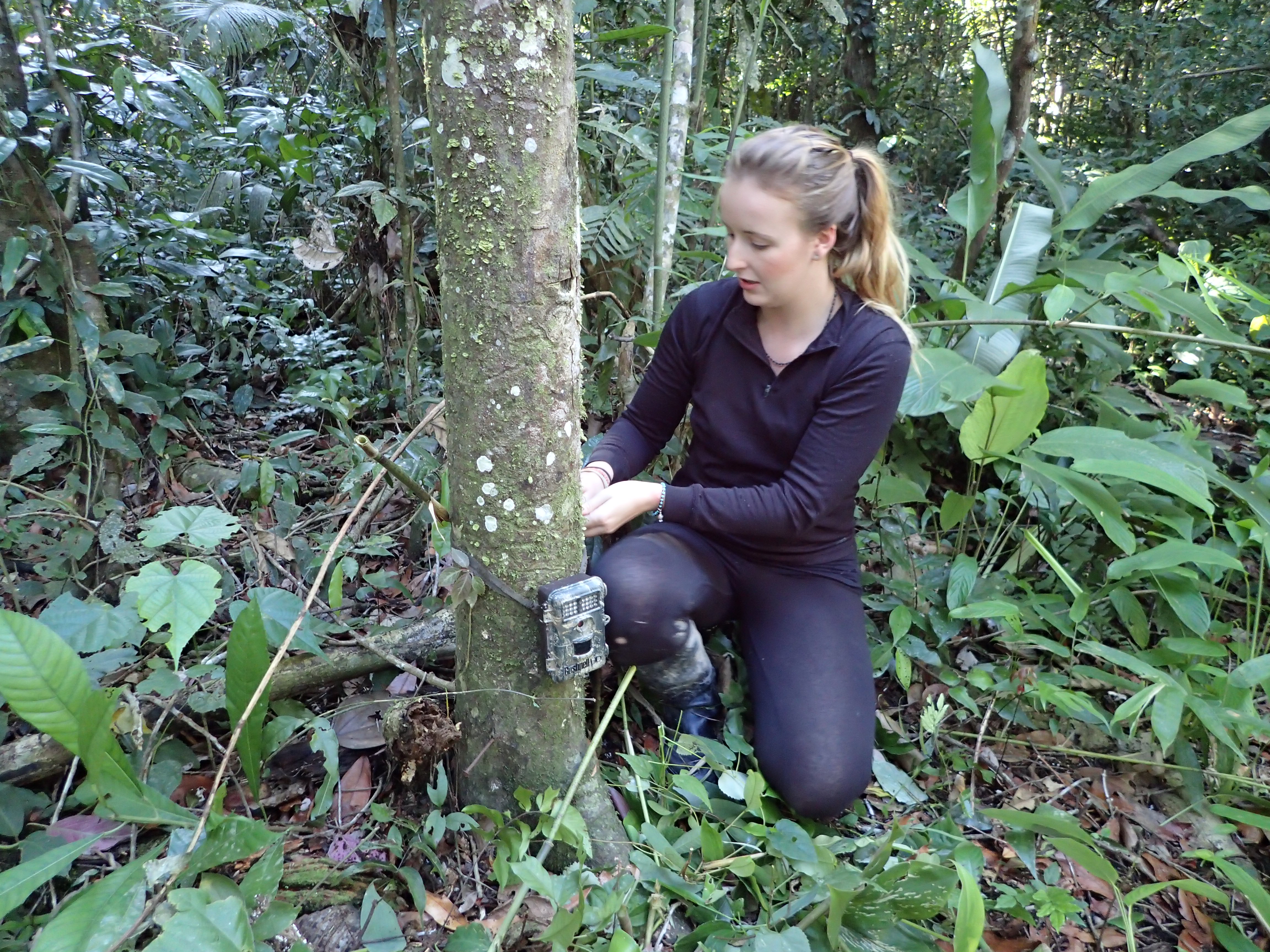
-
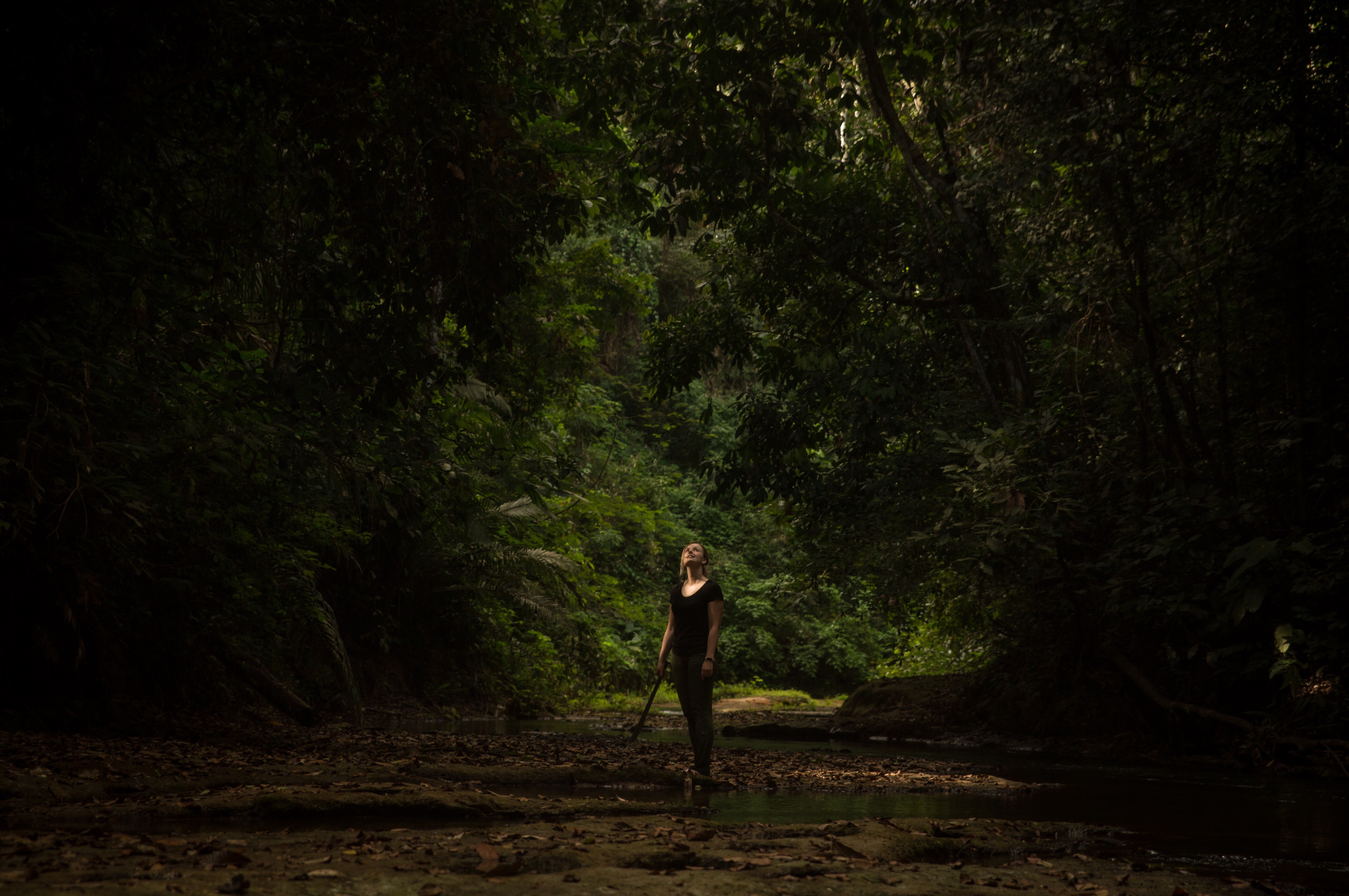
-
